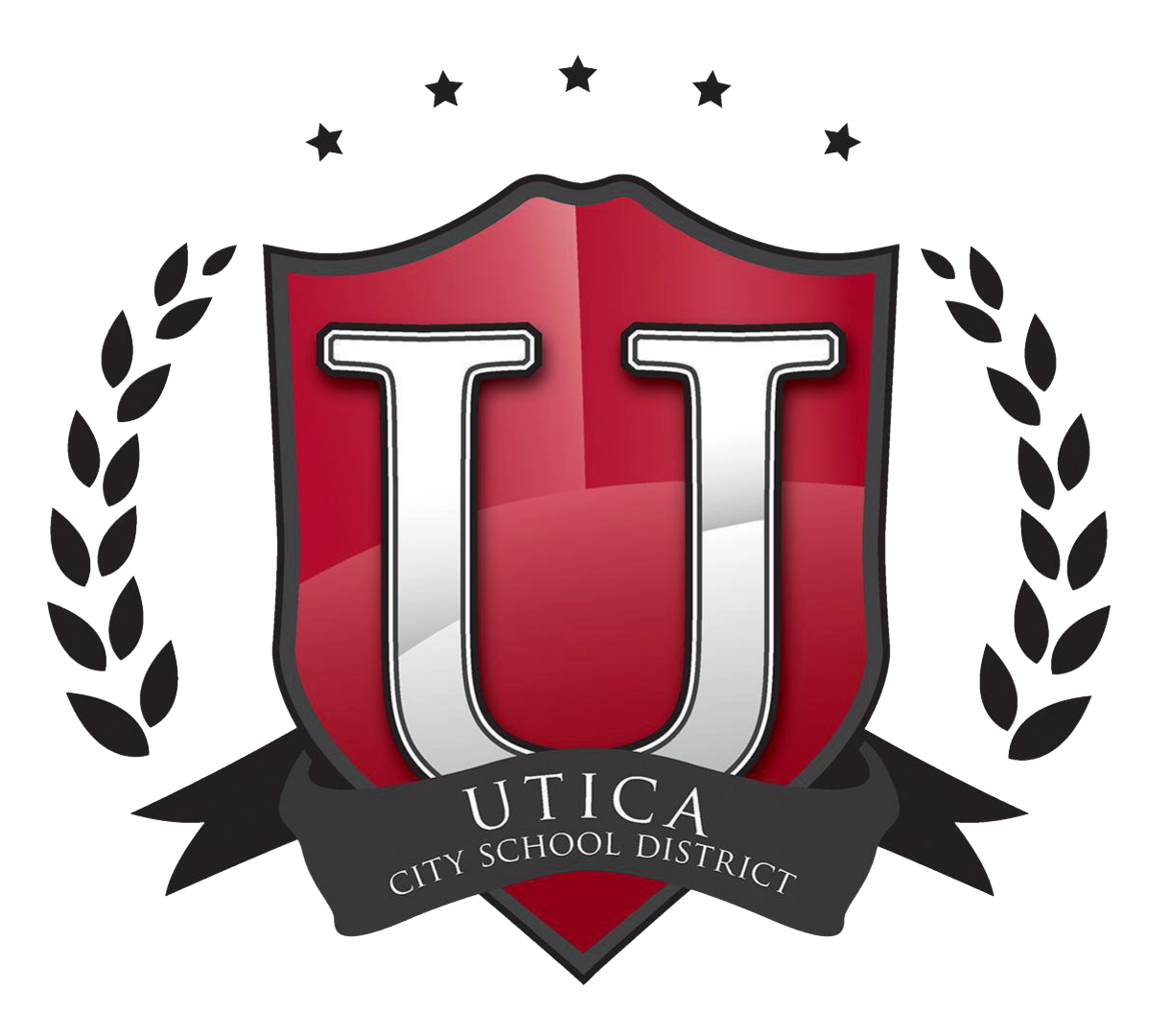Response to Intervention (RTI)
Utica City School District
“Response to Intervention (RTI) is a multi-tier approach to the early identification and support of students with learning and behavior needs. The RTI process begins with high-quality instruction and universal screening of all children in the general education classroom. Struggling learners are provided with interventions at increasing levels of intensity to accelerate their rate of learning….Progress is closely monitored to assess both the learning rate and level of performance of individual students. Educational decisions about the intensity and duration of interventions are based on individual student response to instruction…RTI is designed for use when making decisions…creating a well-integrated system of instruction and intervention guided by child outcome data (rtinetwork.org).”
An RtI program consistent with section 100.2(ii) of the Regulations of the Commissioner must include the following minimum components:
-
appropriate instruction delivered to all students in the general education class by qualified personnel;
-
appropriate instruction in reading shall mean scientific research-based reading programs that include explicit and systematic instruction in phonemic awareness, phonics, vocabulary development, reading fluency (including oral reading skills) and reading comprehension strategies;
-
-
screenings applied to all students in the class to identify those students who are not making academic progress at expected rates;
-
instruction matched to student need with increasingly intensive levels of targeted intervention and instruction for students who do not make satisfactory progress in their levels of performance and/or in their rate of learning to meet age or grade level standards;
-
repeated assessments of student achievement which should include curriculum measures to determine if interventions are resulting in student progress toward age or grade level standards;
-
the application of information about the student's response to intervention to make educational decisions about changes in goals, instruction and/or services and the decision to make a referral for special education programs and/or services; and
-
written notification to the parents when the student requires an intervention beyond that provided to all students in the general education classroom that provides information about:
-
the amount and nature of student performance data that will be collected and the general education services that will be provided pursuant to paragraph (2) of this subdivision;
-
strategies for increasing the student's rate of learning; and
-
the parents' right to request an evaluation for special education programs and/or services.
-
-
The school district has defined the specific structure and components of the response to intervention program, including, but not limited to, the criteria for determining the levels of intervention to be provided to students, the types of interventions, the amount and nature of student performance data to be collected and the manner and frequency for progress monitoring.
-
The school district ensures that staff has the knowledge and skills necessary to implement a response to intervention program and that such program is implemented consistent with paragraph (2) of this subdivision.
Utica City School District Response to Intervention (RTI)
|
Universal Screening: i-Ready |
|
|---|---|
|
Appropriate Instruction: Tier 1
Provider: Classroom teacher |
|
|
Referral to IST |
|
|
Interventions: Tier 2
Provider: Classroom teacher or other identified support personnel |
|
|
IST Progress Monitoring Review
|
|
|
|
|
|
|
Interventions: Tier 3
Provider: Classroom teacher or other identified support personnel |
|
|
IST Progress Monitoring Review |
|
|
Referral to CSE |
|
